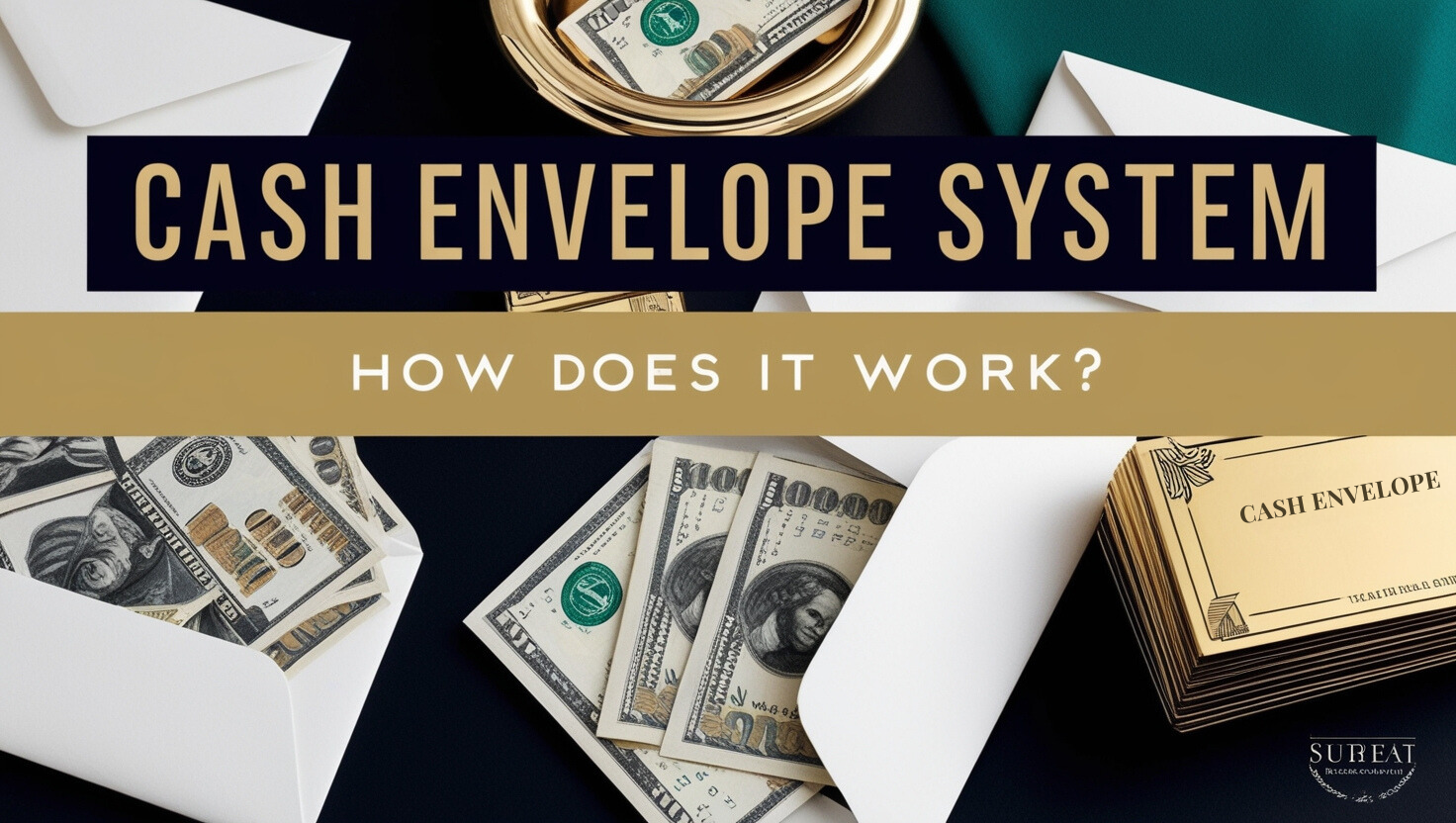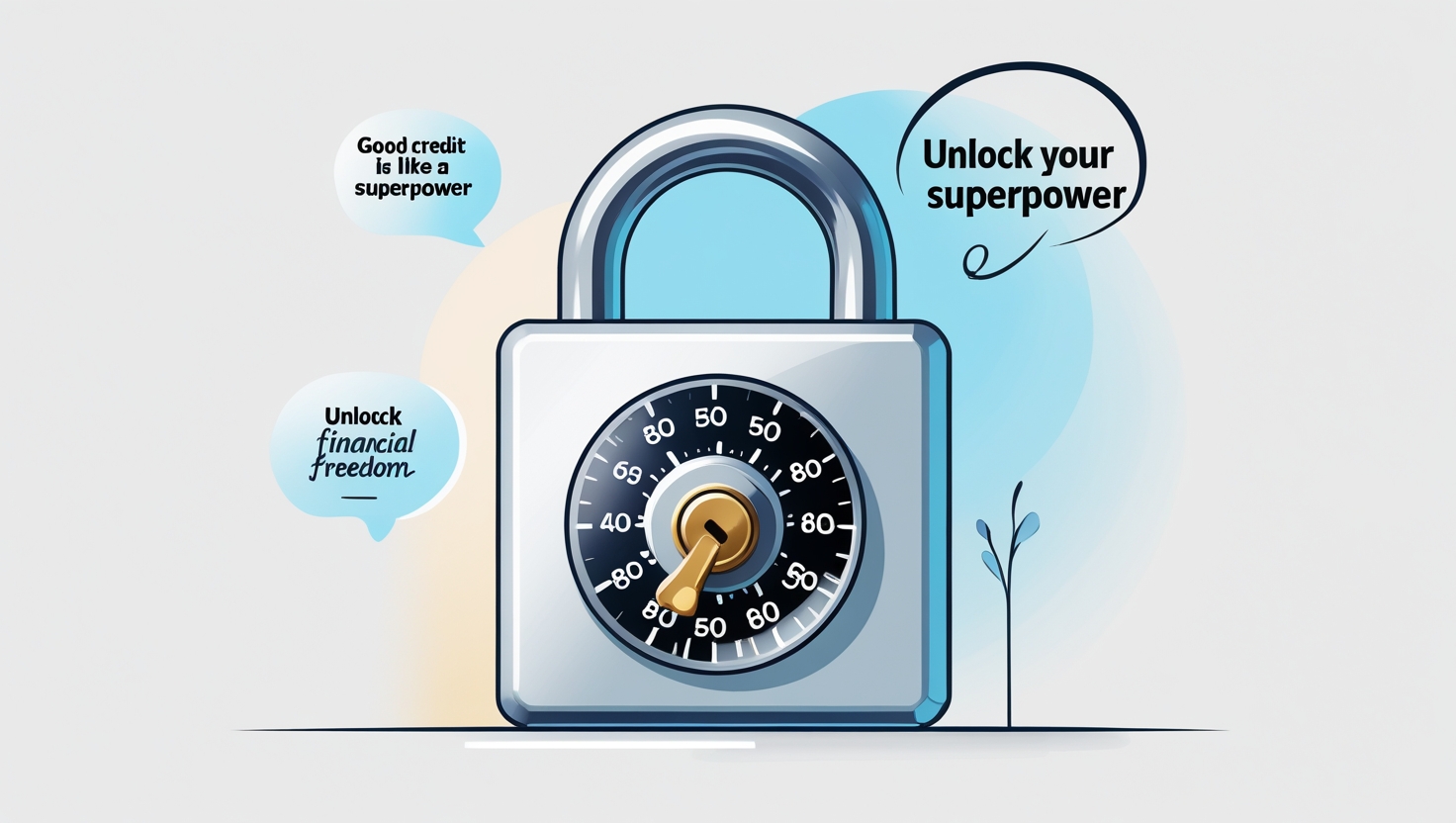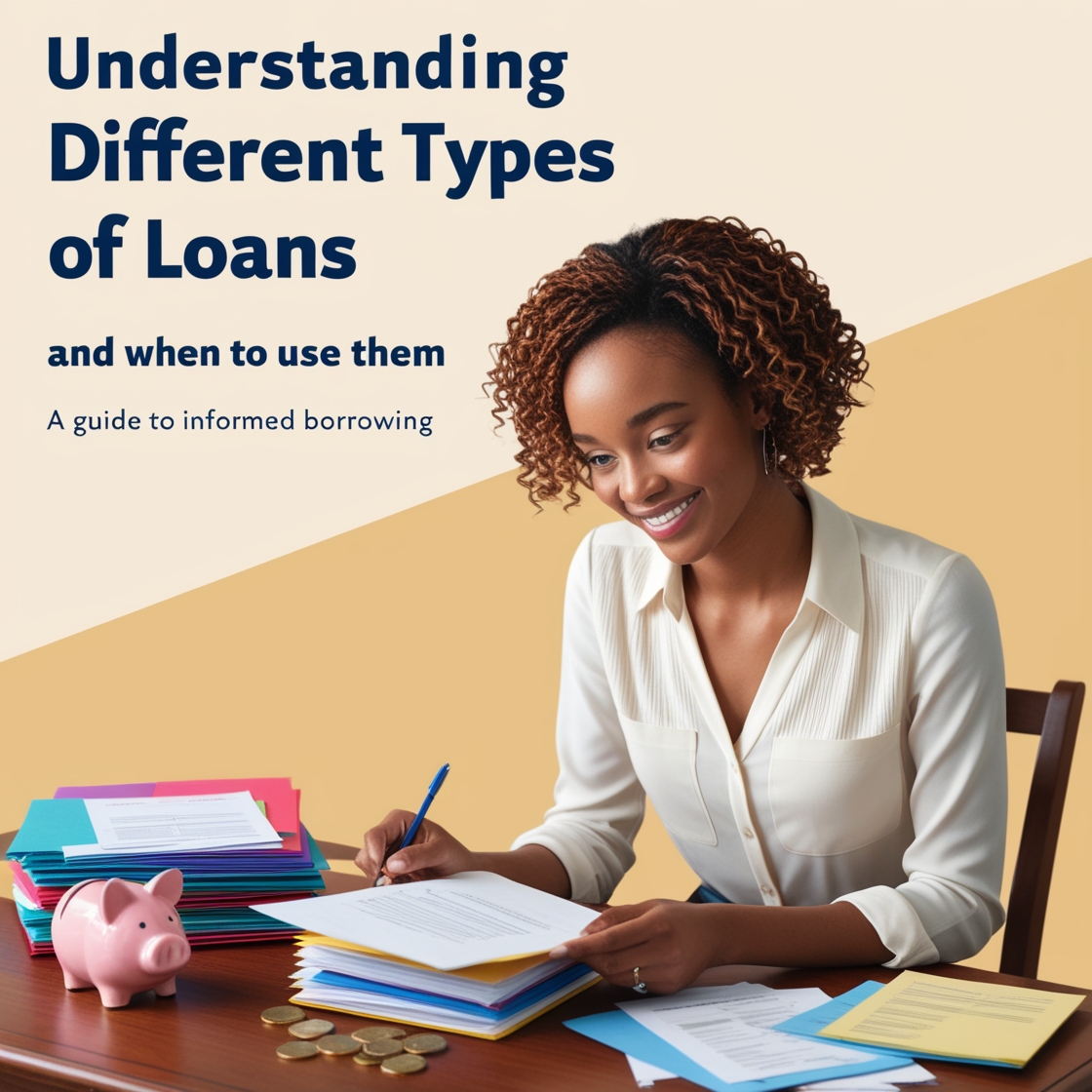The cash envelope system stands as a refreshing reminder of the simplicity and effectiveness of budgeting. This time-honored method is designed to help individuals and families take control of their spending by using cash to manage their finances. By physically allocating cash to specific categories—like groceries, entertainment, and utilities-users can cultivate awareness of their expenditures and develop healthier spending habits.
The allure of the cash envelope system lies in its tactile approach. When you pull out cash to pay for an expense, you experience a more profound connection to your money than swiping a card. This method not only helps to curb overspending but also encourages prioritization of needs versus wants. As people face increasing financial challenges, more are turning back to this straightforward method as a means to gain control over their budgets and savings.
Throughout this article, we will delve into the ins and outs of the cash envelope system. We’ll explore how to set it up, its advantages, common challenges, and even success stories from those who have transformed their financial lives using this method. Whether you’re looking to reign in spending or simply seeking a more structured approach to managing your finances, the cash envelope system offers valuable insights and practical strategies to help you achieve your financial goals.
What is the Cash Envelope System?
The cash envelope system is a budgeting method that helps individuals manage their spending by allocating cash into designated envelopes for specific categories of expenses. Each envelope represents a particular spending category, such as groceries, dining out, transportation, and entertainment. This hands-on approach to budgeting aims to enhance financial awareness and curb overspending by physically limiting the amount of cash available for discretionary spending.
At its core, the cash envelope system encourages users to think critically about their financial priorities. When setting up the system, you decide which categories are most important and how much cash to allocate to each envelope at the beginning of the budgeting period, typically monthly. As you make purchases throughout the month, you pay for items directly with cash from the corresponding envelope. This method not only provides a clear visual representation of your spending limits but also fosters mindfulness about how money is being spent.
The cash envelope system has its roots in traditional budgeting practices but has gained renewed popularity, especially among those looking to simplify their finances in a world dominated by digital transactions. According to various financial experts, many people find that using cash helps them stay within their budget and resist the temptation to overspend, which can often occur with credit and debit cards .
In summary, the cash envelope system is a practical budgeting tool that empowers individuals to take control of their finances by assigning tangible amounts of cash to specific spending categories, ultimately leading to healthier financial habits and greater savings.
Setting Up the Cash Envelope System
Setting up the cash envelope system is a straightforward yet impactful process that can transform the way you handle your finances. The goal of this system is to create a tangible way to budget and control spending. Here’s a step-by-step guide to get you started:
1. Identify Your Spending Categories
Begin by identifying the categories where you typically spend money each month. Common categories include groceries, dining out, transportation, entertainment, and personal care. The key is to select categories that reflect your spending habits and areas where you want to exert more control. Make sure to include both necessary expenses and discretionary spending categories.
2. Determine Your Budget for Each Category
Once you have your categories defined, it’s time to assign a budget to each one. Look at your income and previous spending patterns to determine how much cash you can allocate to each envelope. It’s important to be realistic; allocate amounts that are achievable and reflect your actual spending needs. If you overspend in one category, you may need to adjust your budgets in others or reduce your spending in the future.
3. Choose Your Envelopes
You can use any envelopes, but many people find it helpful to have dedicated envelopes for each category. Consider using different colors or labels for easy identification. There are even cash envelope systems available for purchase that come with various designs and features, including zippered pouches or binder systems for better organization.
4. Withdraw Cash
Once your categories and budgets are set, visit your bank or ATM to withdraw the total amount of cash you need for the month. Ensure you take out enough cash to fill each envelope based on your previously determined budget. This step is crucial, as it sets the limit for how much you can spend in each category.
5. Fill the Envelopes
Distribute the cash among the envelopes according to the budgets you’ve established. This physical act of dividing the money helps reinforce your commitment to sticking to your spending limits. Keep the envelopes somewhere accessible but secure, so you can easily grab them when making purchases.
6. Track Your Spending
As you spend throughout the month, use cash from the corresponding envelope for each category. Once an envelope is empty, that’s it—you can’t spend any more in that category until the next budget period. It’s essential to keep track of what you’re spending and stay disciplined about using only the cash from the envelopes.
7. Review and Adjust
At the end of the month, take some time to review your spending. Assess whether the amounts you allocated were realistic and if you stayed within your limits. This reflection is crucial for adjusting your budgets for the next month and improving your overall money management skills.
By following these steps to set up your cash envelope system, you can create a clear and effective budgeting strategy that helps you take control of your finances and develop healthier spending habits. This method not only promotes financial discipline but also offers a tangible way to see where your money is going each month.
Using the Cash Envelopes
Once you’ve set up your cash envelope system, the real test begins: how to effectively use those envelopes to manage your spending. This method is not just about having cash on hand; it’s about developing mindful spending habits that lead to financial discipline and stability. Here’s a guide on how to make the most of your cash envelopes.
1. Stick to the Plan
Each time you make a purchase, use cash directly from the appropriate envelope. This immediate connection between the money spent and the category helps reinforce your budget. For instance, if you’re at the grocery store, pull cash from the grocery envelope. Keeping it simple and straightforward will make it easier to stick to your planned spending limits.
2. Recognize When an Envelope Is Empty
One of the most crucial aspects of the cash envelope system is understanding the boundaries it sets. When an envelope runs out of cash, that signals the end of spending in that category for the month. This limitation forces you to be more thoughtful about your purchases. Instead of reaching for a credit card or debit card, you’ll have to adjust your habits and either wait until the next month’s budget begins or find ways to make do with what you have.
3. Track Your Spending
Keep a record of how much you spend from each envelope. Some people find it helpful to maintain a spending diary or use an app to track purchases. Writing down every expense can help you see patterns in your spending habits, identify areas where you might be overspending, and make necessary adjustments for the future. This reflection process can illuminate trends you might not have noticed, empowering you to make informed decisions moving forward.
4. Be Flexible When Needed
Life can be unpredictable, and your budget may need adjustments from time to time. If you find that one category consistently runs out of cash early in the month, consider reallocating funds from other envelopes if possible. For example, if you have extra cash in your entertainment envelope and you overspent in groceries, it’s okay to borrow from that envelope to cover necessities. The key is to remain flexible while still adhering to the overall principle of limiting your spending.
5. Review and Reflect
At the end of each month, take some time to review your spending. Did you stick to your budget? Which categories were challenging? This reflection is essential for the system to work effectively. You may find that certain categories need more funds, while others can be reduced. This ongoing evaluation will help you refine your cash envelope system, making it more effective for your lifestyle and financial goals.
6. Celebrate Small Wins
As you successfully stick to your cash envelope budget, don’t forget to celebrate your achievements, no matter how small. Whether you managed to stay within your grocery budget or refrained from unnecessary spending, acknowledging these successes can keep you motivated. Use this newfound awareness of your financial habits to build a stronger foundation for your financial future.
Advantages of the Cash Envelope System
The cash envelope system has gained popularity as an effective budgeting method for individuals and families looking to gain control over their finances. By assigning specific amounts of cash to different spending categories, this system encourages responsible spending and provides several notable advantages. Here are some key benefits of using the cash envelope system:
1. Enhanced Awareness of Spending Habits
Using cash for various expenses makes you more mindful of your spending. When you physically handle cash, it creates a tangible connection to your money that card payments often lack. You become more aware of how much you are spending in each category, making it easier to recognize areas where you might be overspending. This increased awareness can help you make better financial decisions in the future.
2. Prevention of Overspending
One of the most significant advantages of the cash envelope system is its effectiveness in preventing overspending. By setting limits for each category, you can only spend the amount allocated to that envelope. Once the cash is gone, you can’t spend more in that category until the next budget cycle begins. This strict boundary can be a powerful deterrent against impulsive purchases, ensuring that you stick to your financial plan.
3. Simplified Budgeting
The cash envelope system simplifies budgeting by breaking down your finances into manageable categories. Each envelope represents a specific area of spending, such as groceries, entertainment, or transportation. This straightforward approach allows you to see exactly where your money is going and helps you easily adjust your budget as needed. By focusing on a limited number of categories, you can streamline your budgeting process and avoid feeling overwhelmed.
4. Reduced Financial Stress
Many people experience stress and anxiety related to money management. The cash envelope system can help alleviate some of this pressure. Knowing that you have a designated amount of cash for each spending category allows you to make purchases with confidence. You won’t have to worry about exceeding your budget or accumulating debt, leading to greater peace of mind regarding your finances.
5. Encouragement of Financial Discipline
The discipline required to stick to the cash envelope system can be incredibly beneficial for developing healthy financial habits. Over time, using cash instead of credit or debit cards encourages you to think critically about each purchase. This can lead to a more disciplined approach to spending, which can be especially valuable for those looking to improve their overall financial health.
6. Flexibility and Adaptability
While the cash envelope system provides structure, it also allows for flexibility. If you find that one category consistently runs out of cash before the end of the month, you can reallocate funds from another envelope. This adaptability enables you to adjust your spending to better fit your lifestyle while still adhering to the overall principles of the system.
7. Building Savings Habits
In addition to helping you manage expenses, the cash envelope system can also support your savings goals. By consistently sticking to your budget and avoiding overspending, you can set aside money in envelopes designated for savings. This practice fosters a habit of saving and can lead to building an emergency fund or saving for specific financial goals, such as a vacation or home purchase.
Potential Challenges and Solutions of the Cash Envelope System
While the cash envelope system is a practical method for managing your finances, it is not without its challenges. Understanding these potential hurdles can help you navigate them effectively, ensuring that this budgeting method works for you.
1. Carrying Cash Can Be Inconvenient
One of the most significant challenges with the cash envelope system is the inconvenience of carrying cash. In today’s digital age, many people rely on debit and credit cards for their purchases, and having to carry cash can feel cumbersome. This may lead to moments where you find yourself without the necessary cash when you need it, prompting a return to digital payment methods.
Solution: To address this, consider designating a small portion of your wallet for cash envelopes, or use a small pouch that can easily fit into your bag. Additionally, you can start with a few envelopes instead of using cash for every category. Gradually transition into the system until you feel more comfortable managing cash.
2. Temptation to Dip into Other Envelopes
Another common challenge is the temptation to dip into other envelopes when one category runs dry. For example, if your dining envelope is empty, you might be tempted to take cash from your grocery envelope, which can undermine the whole system.
Solution: To prevent this from happening, establish strict rules for yourself about sticking to your budget. Set a firm commitment to only use the cash allocated to each envelope. You might also consider creating a buffer envelope for unexpected expenses, allowing some flexibility while maintaining control.
3. Difficulty in Adjusting Budgets
When starting the cash envelope system, you might find that your initial budget allocations aren’t accurate. You may allocate too much or too little to specific categories, leading to frustration.
Solution: Regularly review and adjust your budget as needed. At the end of each month, take time to evaluate your spending and make necessary changes to the amounts in each envelope. This will help you create a more accurate and effective budgeting strategy over time.
4. Limited Categories May Not Suit Everyone
The traditional cash envelope system typically involves setting aside cash for fixed spending categories like groceries, entertainment, and dining out. However, this structure may not suit everyone, particularly those with varied spending habits or large expenses.
Solution: Customize your envelopes to reflect your unique financial situation. You can create additional envelopes for categories that are particularly important to you or that require more frequent spending. Flexibility is key to making the cash envelope system work for you.
5. Emergency Situations
In the event of unexpected emergencies or expenses, having cash in envelopes might not cover everything, leaving you with limited options for urgent payments.
Solution: Always maintain a small emergency fund separate from your cash envelopes. This fund can be kept in a savings account or a hidden envelope that isn’t used for everyday expenses. Knowing you have this cushion will provide peace of mind and financial security in times of need.
Variations of the Cash Envelope System
The Cash Envelope System, traditionally a straightforward approach to budgeting, has evolved into various adaptations that cater to different lifestyles and preferences. While the core principle remains the same—allocating a specific amount of cash to different spending categories—these variations provide flexibility and enhance the effectiveness of budgeting for various individuals and families.
- Digital Cash Envelopes: With the rise of technology, many people opt for digital versions of the cash envelope system. This involves using budgeting apps that allow users to create virtual envelopes. Each envelope represents a specific category, such as groceries, entertainment, or savings. Digital cash envelopes can be particularly helpful for those who prefer cashless transactions but still want to maintain strict spending limits. Apps like GoodBudget or Mvelopes enable users to track their spending in real-time while providing insights into their financial habits.
- Envelope System with a Twist: Some individuals choose to enhance the traditional envelope system by combining it with automated savings. For instance, a person may allocate funds to their cash envelopes but also set up automatic transfers to a savings account for longer-term goals, such as vacations or emergency funds. This approach encourages users to save while still managing their day-to-day spending.
- The 50/30/20 Budgeting Method: This popular budgeting framework can be integrated with the cash envelope system. Under this model, 50% of income goes towards needs, 30% towards wants, and 20% towards savings and debt repayment. Individuals can use physical envelopes for each category, ensuring they stay within their limits while adhering to this broader budgeting strategy.
- Goal-Oriented Envelopes: Instead of merely focusing on monthly expenses, some users prefer to set up envelopes that target specific financial goals. For example, one envelope may be dedicated to holiday spending, while another focuses on funding a new gadget or experience. This approach allows users to visualize their savings efforts, making them more motivated to stick to their plans.
- Seasonal Envelope System: Another variation considers seasonal spending habits. For instance, an individual may allocate funds differently throughout the year, setting aside larger amounts for winter holidays or summer vacations. This seasonal approach allows for flexibility in budgeting and helps avoid overspending during peak times.
- Joint Envelope System: For couples or families, a joint cash envelope system can be particularly effective. This method fosters collaboration and communication about spending priorities. Each family member can contribute to shared envelopes for joint expenses like groceries or outings, while still having individual envelopes for personal discretionary spending.
Each of these variations provides unique advantages, allowing users to adapt the cash envelope system to fit their financial goals and lifestyles. By experimenting with different approaches, individuals can discover the method that best suits their needs, ultimately leading to more effective budgeting and enhanced financial well-being.
Final Thoughts
The Cash Envelope System offers a straightforward and effective way to manage your finances, particularly for those who struggle with overspending or staying within budget. By allocating specific amounts of cash for various spending categories, this method encourages a more mindful approach to your finances. You gain a clearer picture of your spending habits, which can lead to better financial decisions in the long run.
While the system has its advantages, such as increased discipline and awareness of your spending, it’s important to acknowledge potential challenges, such as the inconvenience of carrying cash or the need for strict adherence to the budget. Variations like digital cash envelopes or hybrid systems that combine cash and cards can help alleviate some of these issues while still retaining the core principles of the Cash Envelope System.
Ultimately, the effectiveness of the Cash Envelope System lies in its simplicity and the personal accountability it fosters. By integrating this system into your financial routine, you can take significant strides toward achieving your financial goals. Whether you’re saving for a vacation, paying down debt, or simply trying to control everyday expenses, the Cash Envelope System can be a valuable tool in your financial arsenal. Embrace the challenge, adapt the system to fit your needs, and watch your financial awareness grow as you become more intentional with your spending habits.



